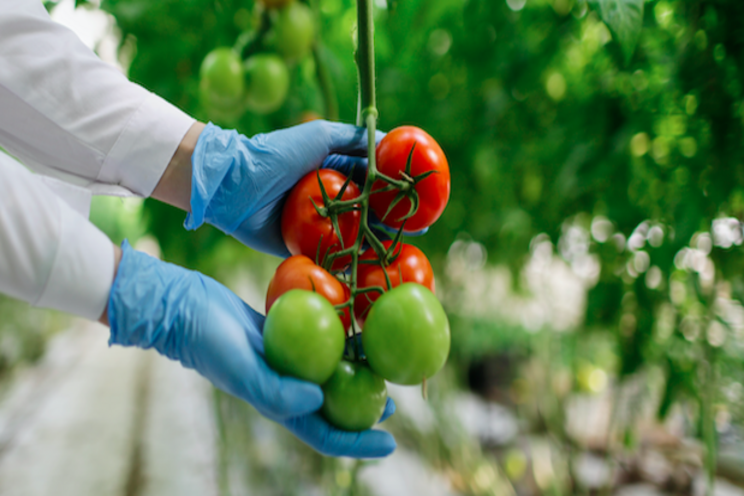The solution has been found to beat deadly tomato virus
Added on 29 April 2021

The disease spread widely through contaminated seed stock. USDA stepped in to control its spread with quarantines. They tested tomato shipments into the U.S. from Canada and Mexico.
Unfortunately, border inspectors did not have a specific test for ToBRFV. If they got a positive for tobamoviruses (the group ToBRFV falls within, represented by tobacco mosaic virus), they would hold the shipment until a lab could confirm ToBRFV. Unfortunately, the results may take several days, effectively killing the shipment.
"They were stopping 40% of all shipments, July 2020," Bledsoe says.
The first line of defense against a disease is growing resistant cultivars. ToBRFV is so new, however, breeders haven't had the chance to introduce them yet.
Another challenge was that, although growers are told to take preventative measures to help manage highly contagious viral diseases like ToBRFV, there was no data about which disinfectants deactivate it.
Enter Kai-Shu Ling, Research Plant Pathologist (Virology), USDA-ARS, U.S. Vegetable Laboratory. He tested 16 different disinfectants (three of those in different concentrations) to see what had the best effect.
Ling's research focuses on deactivating the virus infectivity on tomato plants of a virus inoculum in less than 60 seconds' exposure to the chemical. The greenhouse tomato industry's growers often require disinfectants that work quickly. They're used on a wide array of items, such as disinfecting tools, work carts, and in disinfecting shoes entering greenhouses.
Ling found four treatments from three disinfectants (0.5% and 2% Virocid, 0.5% Lactoferrin and 10% Clorox) generated 0% infectivity on test plants.
For more, continue reading at GrowingProduce.com.
Photo created by wayhomestudio - freepik
Source: Growing Produce
More news















